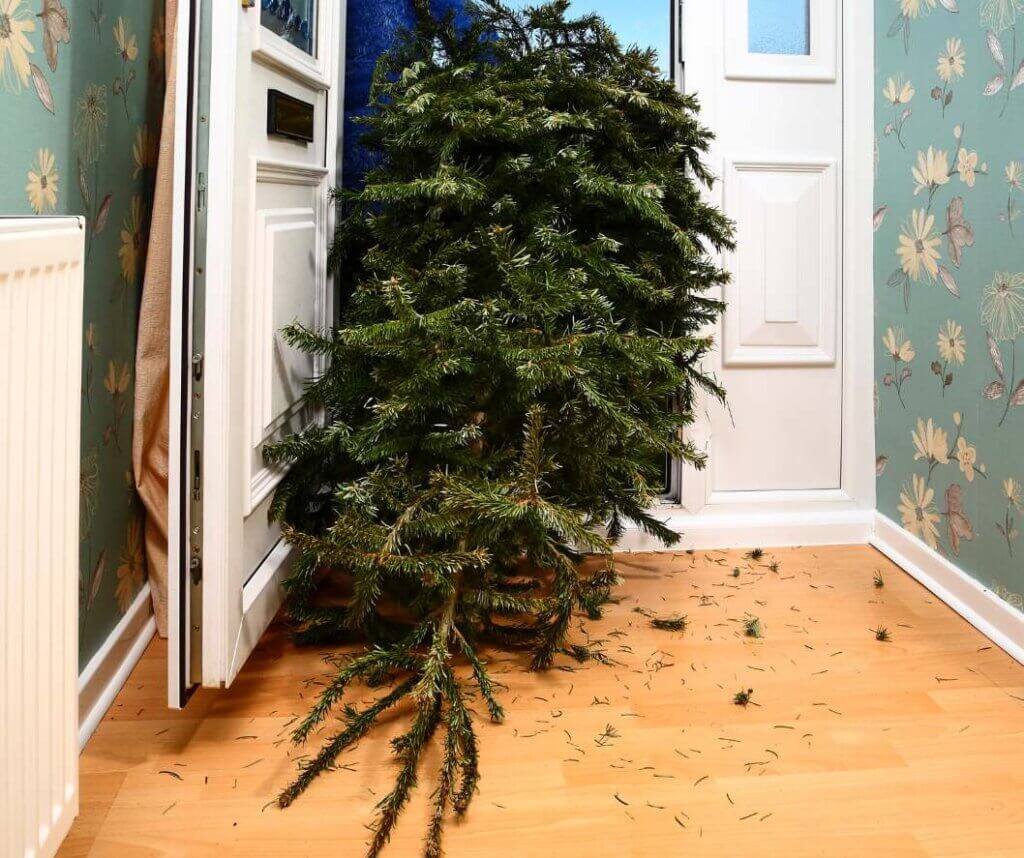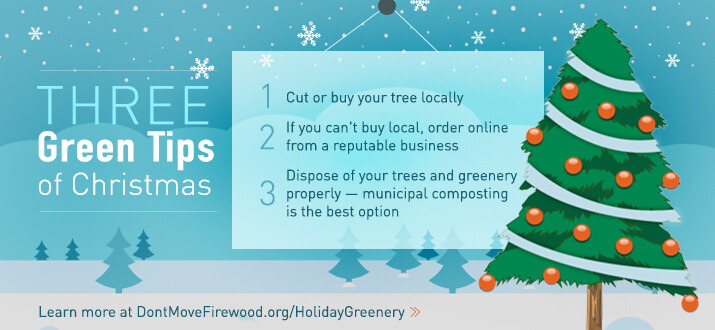We got a great question from a visitor over the New Years weekend. Here goes another episode of…
Dear Don't Move Firewood,
I am moving from Central Arizona to Victorville California and have some firewood that was cut in Yavapai County. Can I bring it with me to use in my new home?
Thanks,
Richard
Dear Richard,
Please don't do this. While I'm fairly certain that it isn't directly illegal, it is a really bad idea. There are too many possibilities for spreading pests, whether forest pests or other pests like fire ants, termites, you name it. You sure don't want to bring those to your new yard!
Did you know that the goldspotted oak borer, a pest in California that has already killed tens of thousands of oak trees, probably came from firewood brought from Arizona or perhaps Mexico? Yup- just that short hop across the Mojave and the little spotted beetle went from a mild mannered native insect to a rampant killer of hundred year old oaks.
The California border is pretty tightly controlled for agricultural pests. There is a good chance that even if you decide to bring it with you despite our advice, they could confiscate it at the border. It really isn't worth the trouble- I know you have good intentions, but please- leave it at your old place, and let the new owners enjoy it. You'll be doing yourself, and California, a favor.





